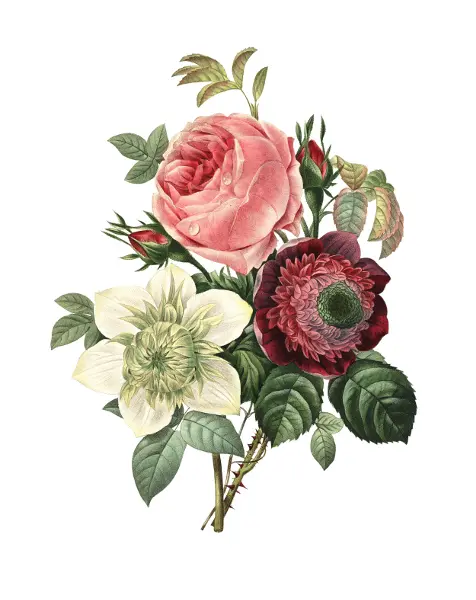
Today, most people use flowers as gifts for special occasions such as birthdays, graduations, weddings, baby showers, and promotions. However, flowers weren’t always used as such: Back in the 19th century, Victorians used to present them to one another as a way to deliver secret messages.
Floriography
“Floriography” is the term people use to describe Victorian flower language. (If you need something to compare it to in the modern world, think of their use of flowers as analogous to the way we use emojis.) Over time, floriography became so popular and widespread thanks to Lady Mary Wortley Montagu, wife of the English ambassador to Turkey, that between the years 1827 and 1923, you could find at least 98 different flower dictionaries across the United States.
Flower messages during the Victorian Era
Flowers were primarily used to deliver messages that were so secret or unconventional at the time that they could not be spoken aloud. And although not all books and dictionaries agreed on the same meanings, people during this time period were generally able to understand the messages being sent based on factors such as the way flowers were presented and the condition of the flowers. Here are some examples:
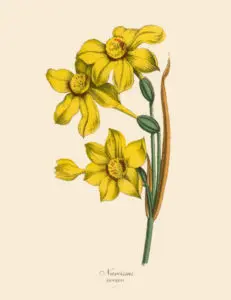
- If flowers were given to a recipient upside down, it meant that they were intended to mean the opposite of what that arrangement typically symbolized.
- If flowers were given to someone using the right hand, they were used to answer “yes” to a question. On the contrary, if they were given using the left hand, they meant “no.”
- If someone received an arrangement of lupins, hollyhocks, white heather, or ragged robin, they were being wished good luck.
- If someone received an arrangement of delphiniums, hydrangeas, oleander, basil, or birdsfoot, it was meant to deliver a more negative message, such as “You’re heartless” or “Beware.”
- Giving someone hyacinths could symbolize a few things, such as play, “Forgive me,” or games.
In addition to the actual flowers, the ribbons added to the arrangement also held significance — specifically, if the ribbon was tied to the left, the flower symbolism had to do with the giver. However, if it was tied to the right, the message was about the giver.
Victorian flower meanings
In addition to the messages that floral arrangements shared, flowers had their own individual meanings during the Victorian Era too. Some examples include:
- Daffodils: Known to represent chivalry and unrequited love
- Daisies: Often symbolized innocence and purity
- Roses: Symbolized love (as they do today)
- Crocuses: Meant youth and cheerfulness
- Violets: Symbolized faithfulness and modesty
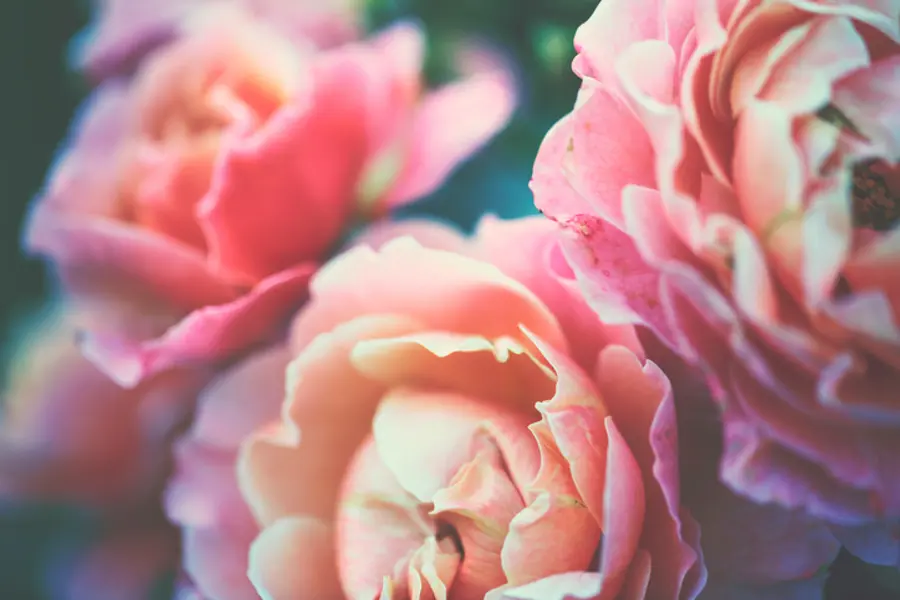
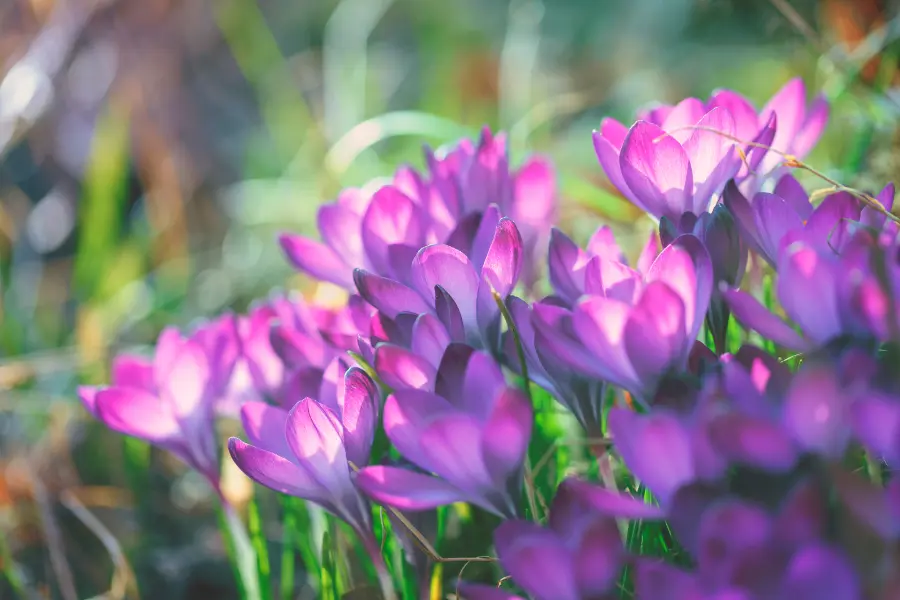
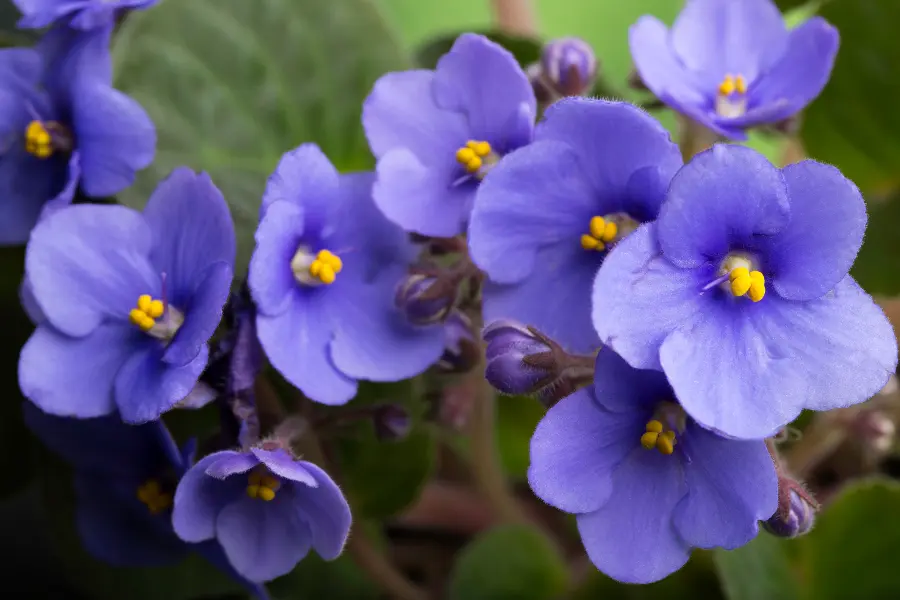
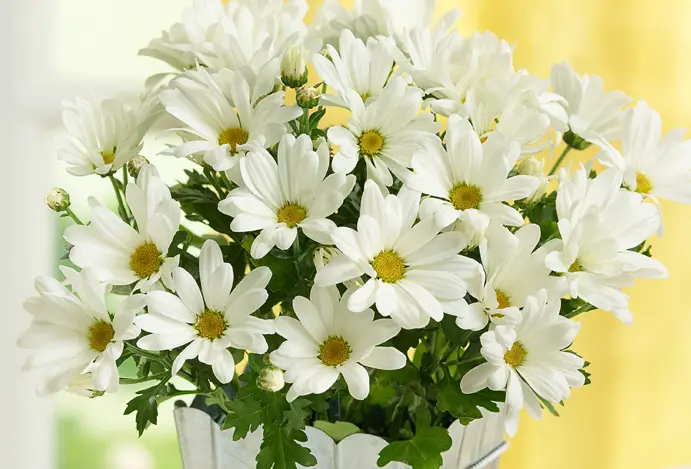
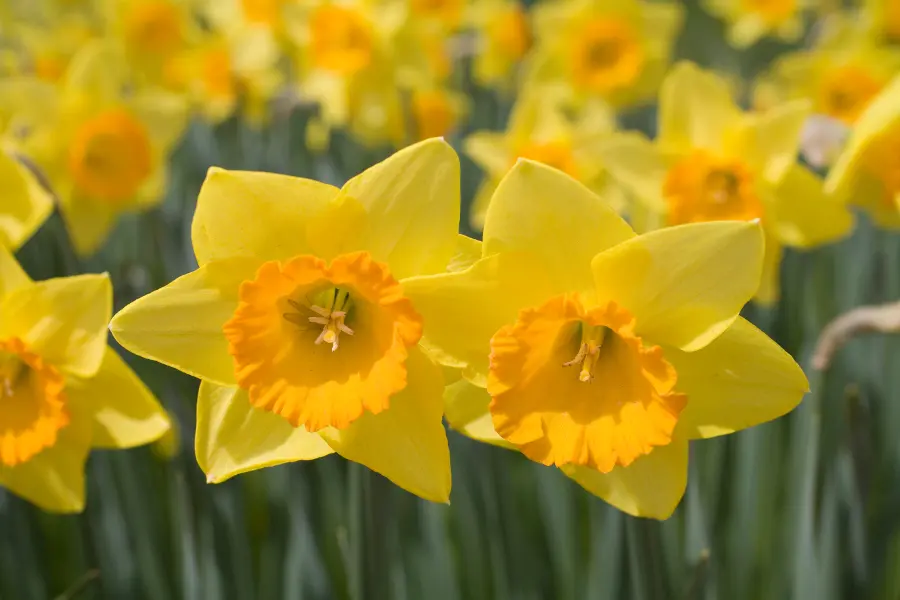
Although floriography vanished around the end of World War I, and many people today prefer digital means of communication to send messages and speak with family and friends, flowers will always have meanings of their own and symbolize certain things.

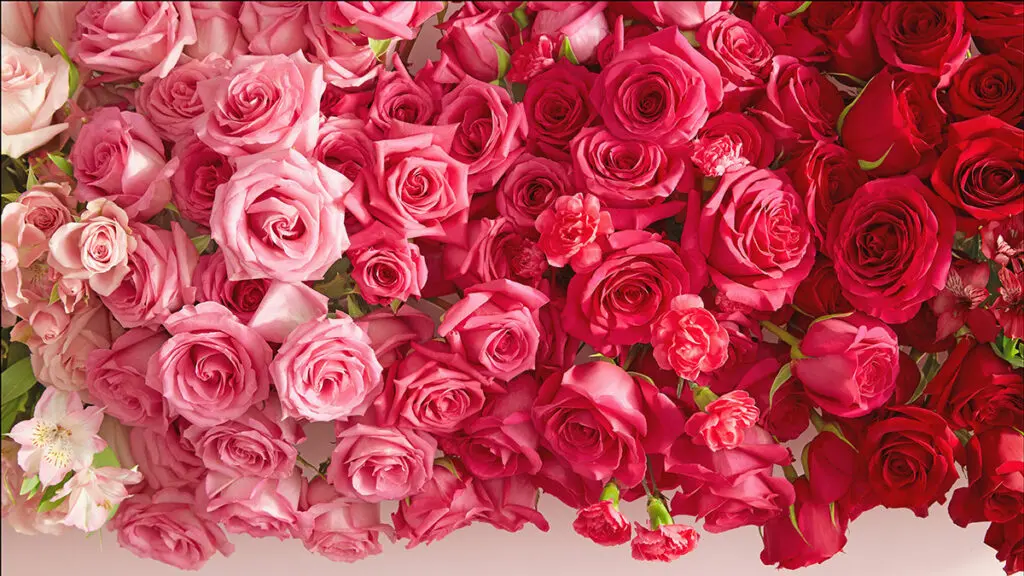


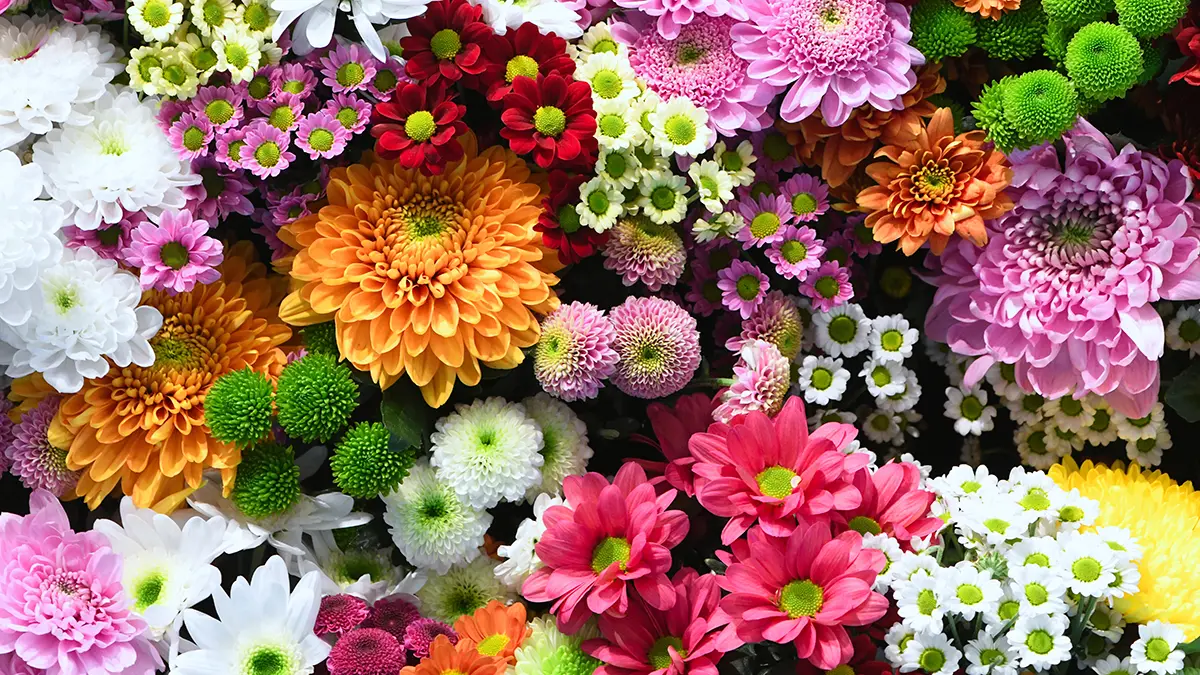
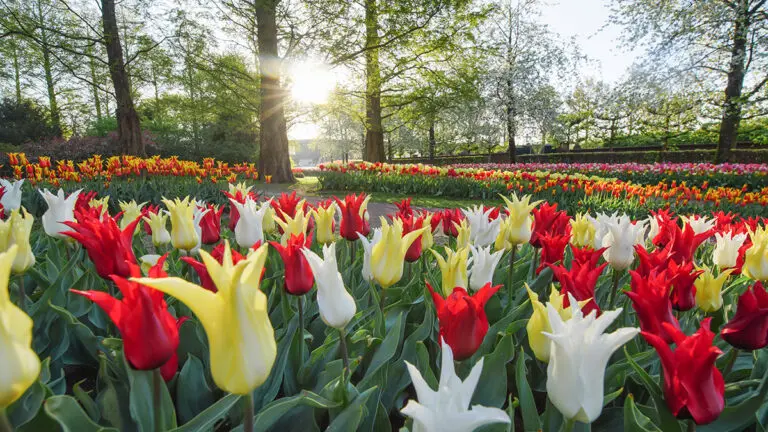
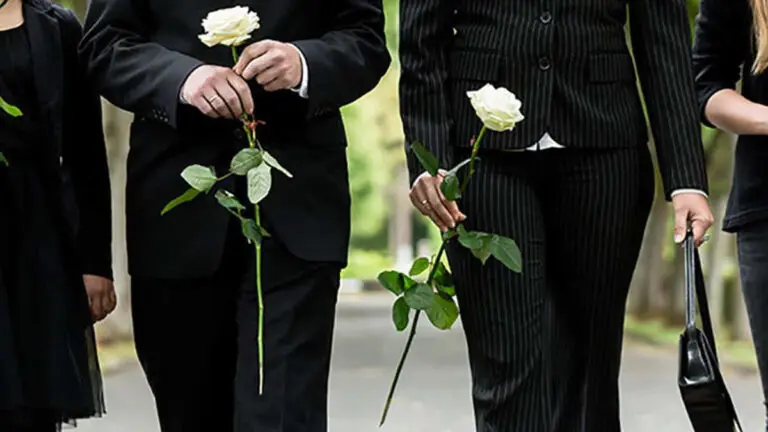
Comments are closed.